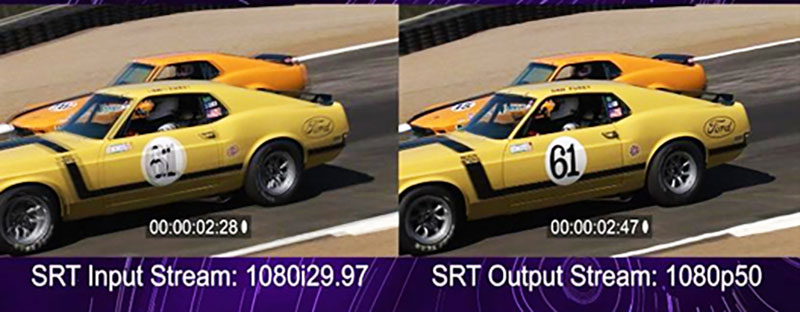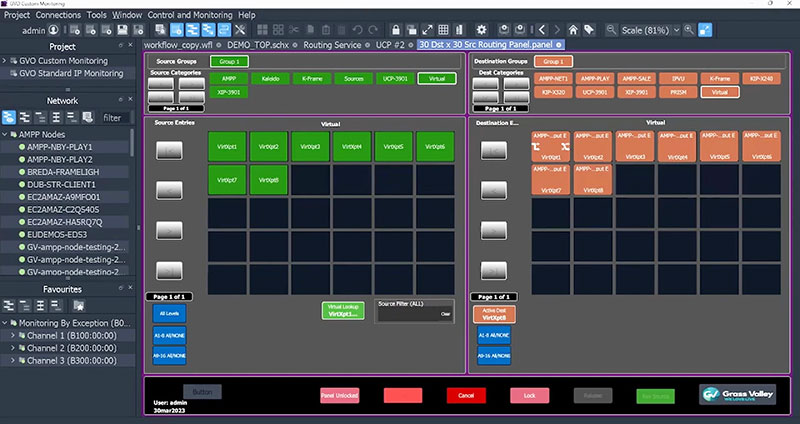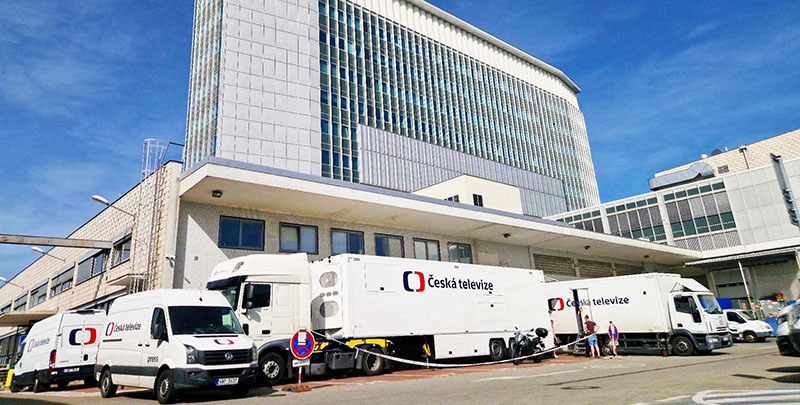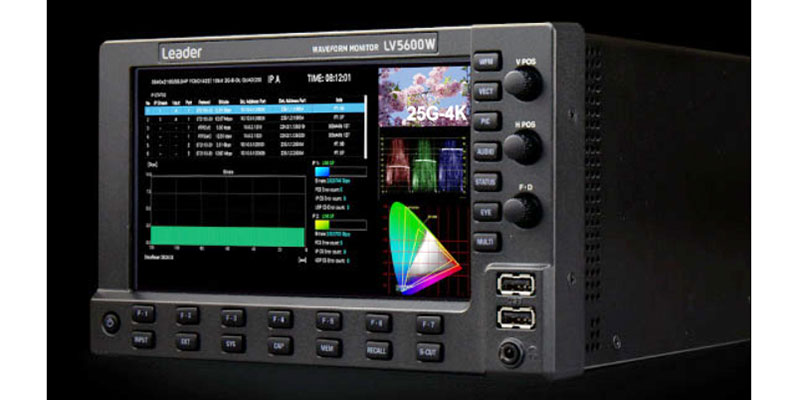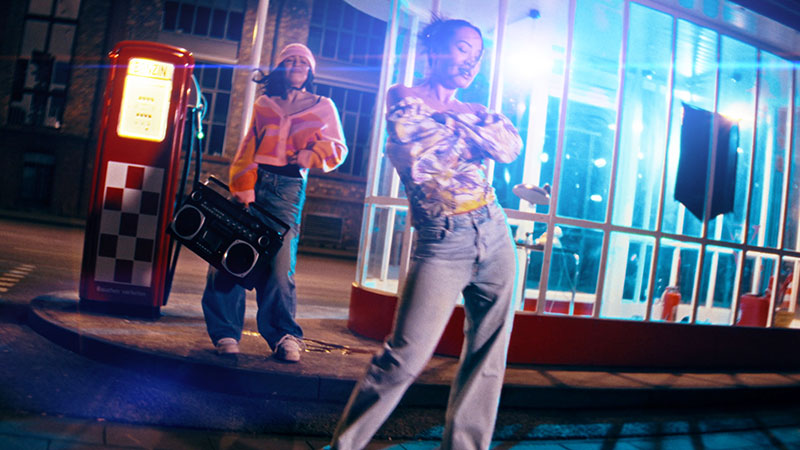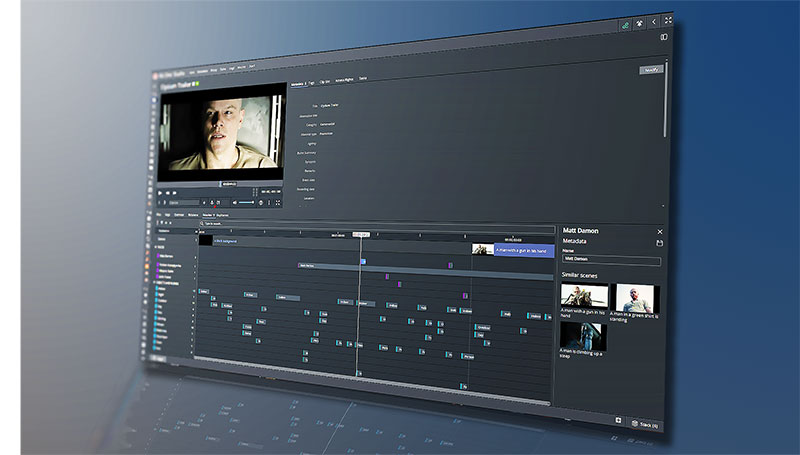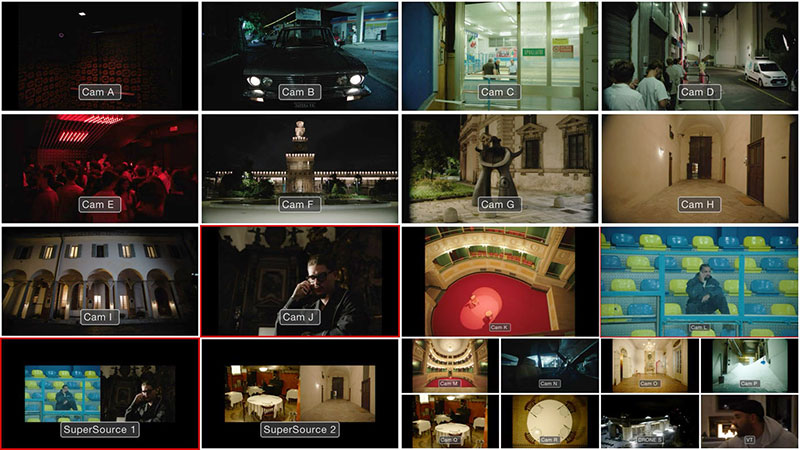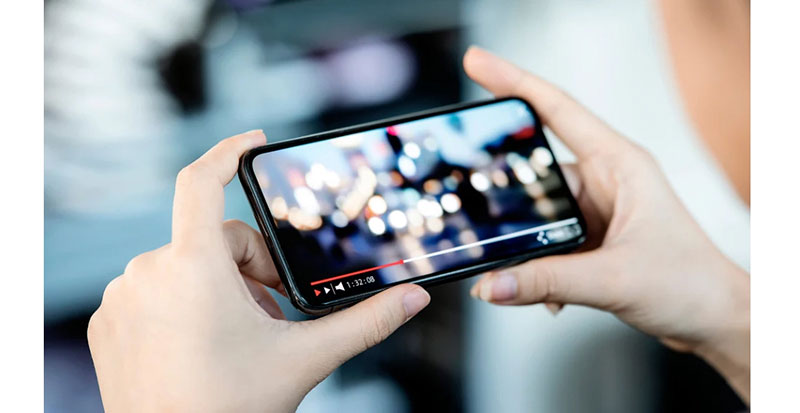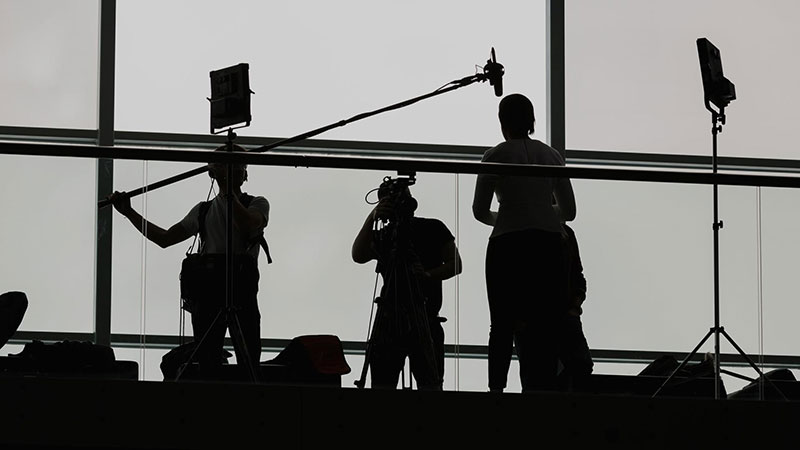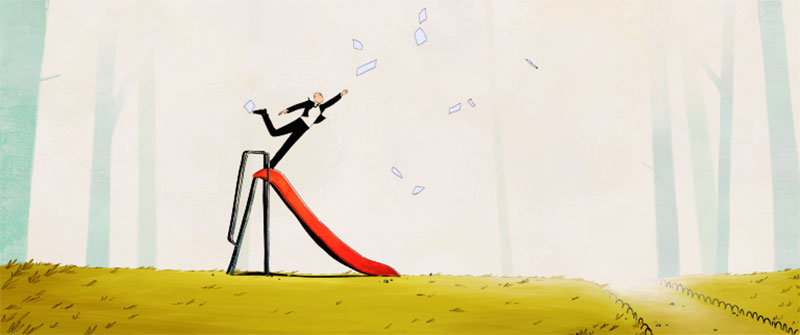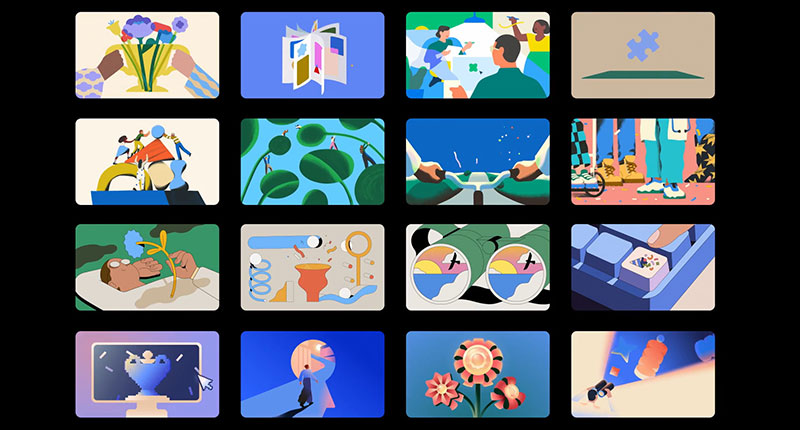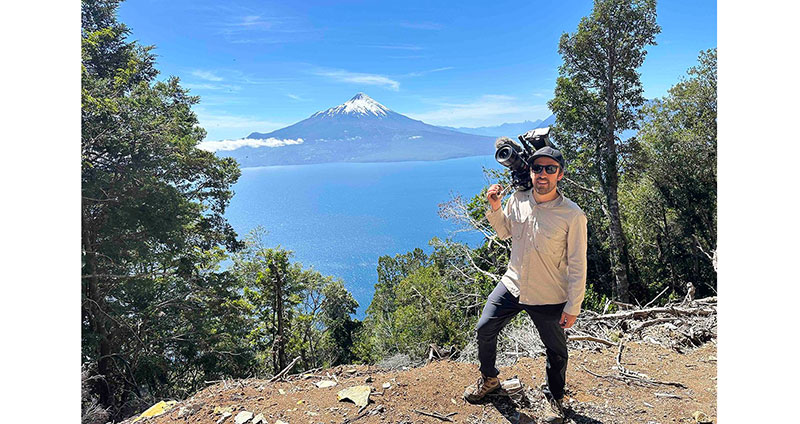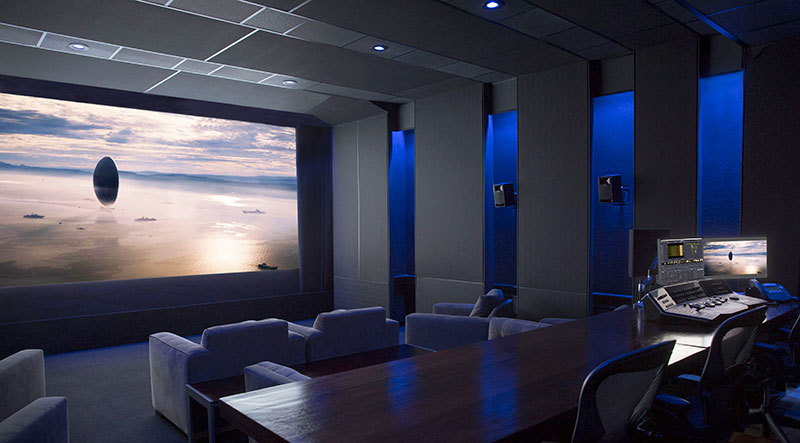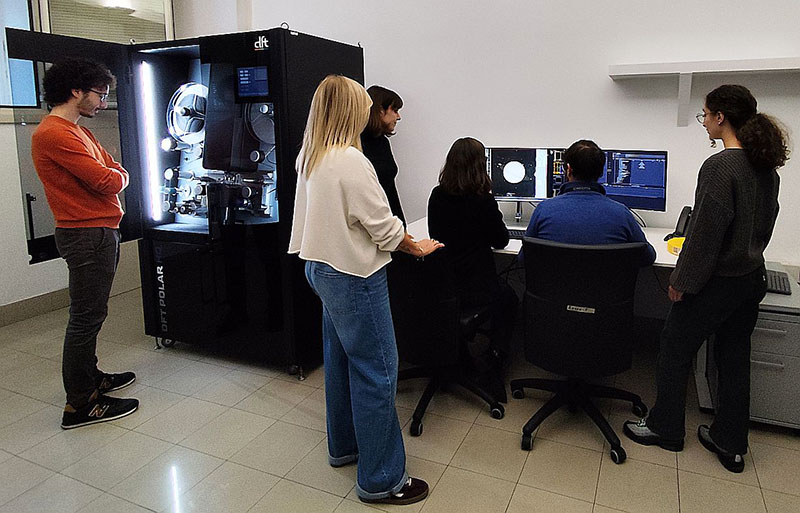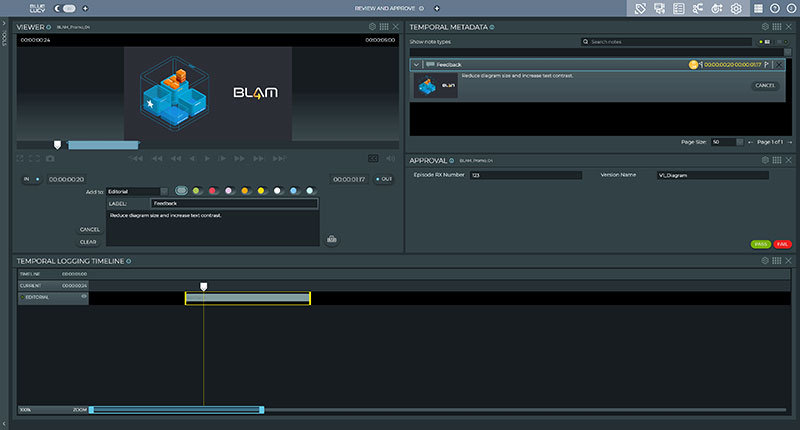Arcturus developed a new codec that transfers lightweight, scalable volumetric video into game engines, allowing real-time render and play back while preserving quality.

Volumetric video developer Arcturus has released an update for its HoloSuite software that brings a new way to transfer lightweight, scalable volumetric video into game engines, allowing it to render and play back in real time. Through the use of a new high-performance codec, Accelerated Volumetric Video (AVV), users can now populate digital scenes with more volumetric characters than has typically been possible and, at the same time, maintain a higher level of data quality.
The update is expected to have special advantages for virtual production teams, game creators and other artists working with 3D animated characters. Until now, content creators populating scenes have had to make a practical choice that didn’t always relate to the look of the final output – while volumetric video can result in a faster turnaround and a more natural performance than a CG digital human, processing the material generates large files that put pressure on hardware. To manage the issue, Arcturus created their new volumetric video codec, AVV.
Compression with LoDs Tools
AVV significantly compresses volumetric files while preserving the quality of the data, which allows virtual scene builders to play back more volumetric video characters in real time than they could before. Users have access to Levels of Detail (LoDs) tools similar to those found in game engines, which prioritise the character nearest the camera and lead to better playback performance and higher quality characters.

“With each new generation of any visual technology, the demands on the hardware are an issue that can definitely slow adoption. A new feature could be exactly what a project needs, but if it isn’t practical to use, no one benefits,” said Arcturus CEO, Kamal Mistry. “AVV makes volumetric video viable for digital scene producers who are aiming to add large numbers of human characters.”
More New AVV Features
Along with greater scalability, the AVV codec adds other features that are designed to improve the visual quality of a volumetric character. It uses automated texture detail analysis, for instance, to improve the compression and helps build multi-resolution textures, leading to better playback optimisation and more accurate visual quality. Also, surface normals can now be transferred from the source capture data to the compressed final result, which improves relighting results later in the game engine.
A Smart Texture feature prioritises poly and texture budgets to favour the facial features of characters, resulting in characters with better facial detail. Data from motion vectors can also be encoded in an AVV file. This improves the quality of anti-aliasing in game engines for fast action clips.
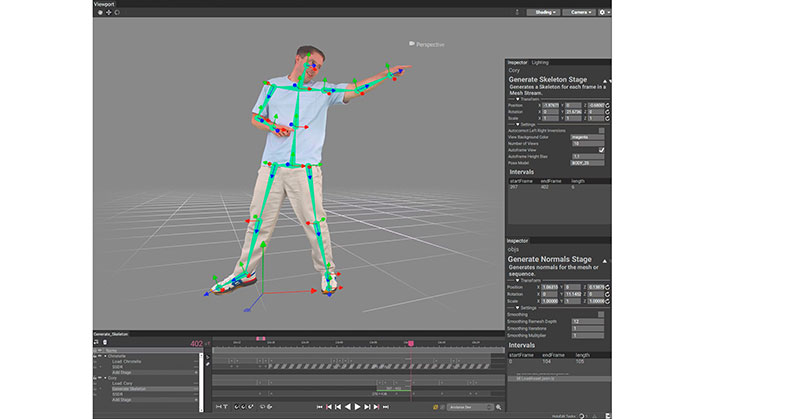
Creators working on mobile applications and planning on streaming will still have access to Arcturus’s current OMS (Open Mesh Sequence) codec. For Unreal and Unity users, the HoloSuite Player will play back both OMS and AVV codecs.
HoloSuite users can access the full set of features now, and meanwhile, the tools have already been employed in various professional projects, including a virtual production at Dimension Studios, still to be announced, and the recently released remake of the classic interactive game, The 7th Guest VR from Vertigo Games.
“The original 7th Guest managed to tell an engaging story using live action full motion video, but for virtual reality we wanted to elevate that experience and use full 3D recordings of the performers, captured through volumetric video,” said Paul van der Meer, project lead for Vertigo Games.
“We worked with Arcturus to compress the data with almost no loss and reduce the original volumetric assets by a quarter. For the first time in VR, we were able to include multiple volumetric video streams featuring real performances in 3D, giving players a new and compelling experience.” arcturus.studio




